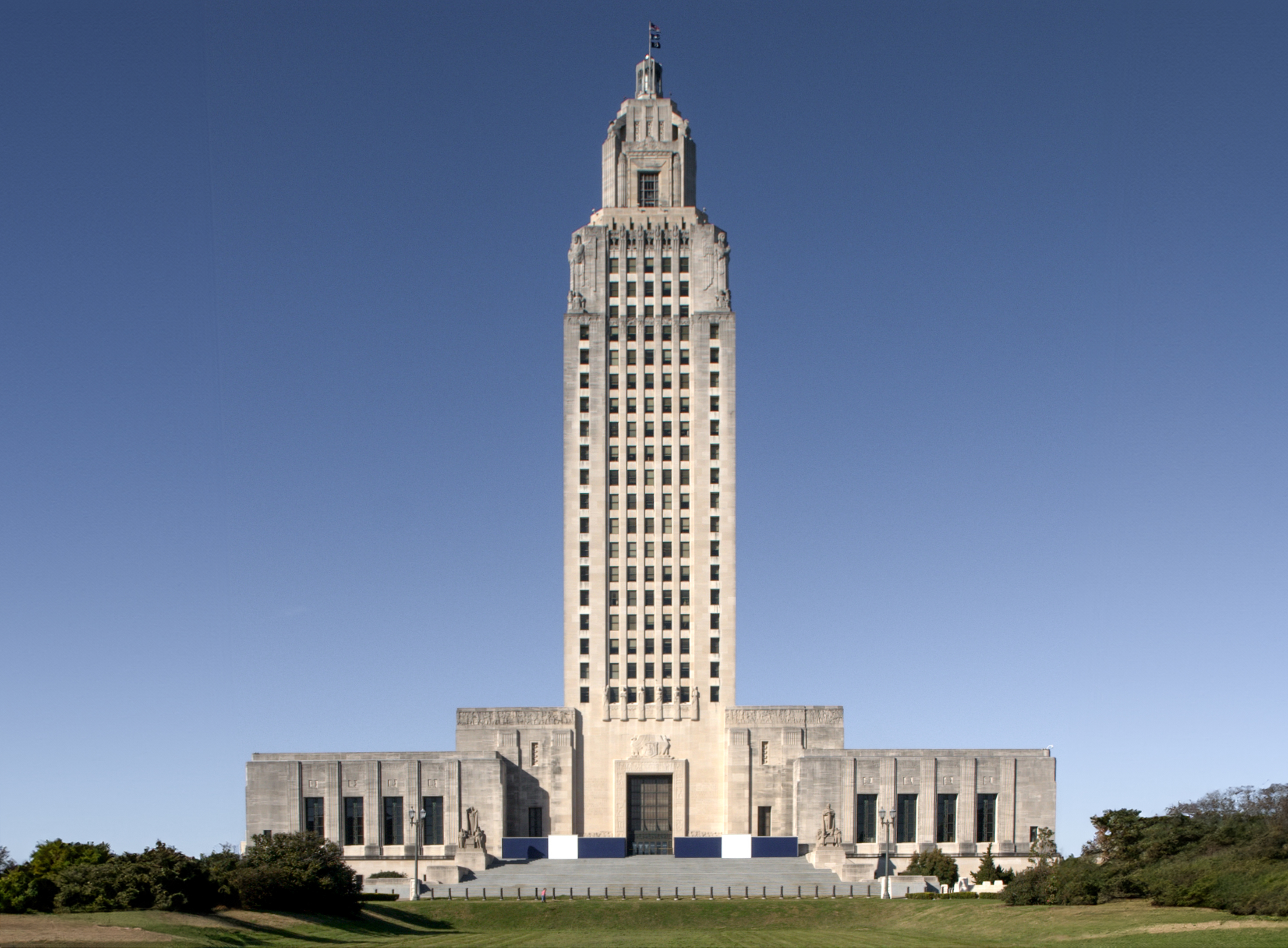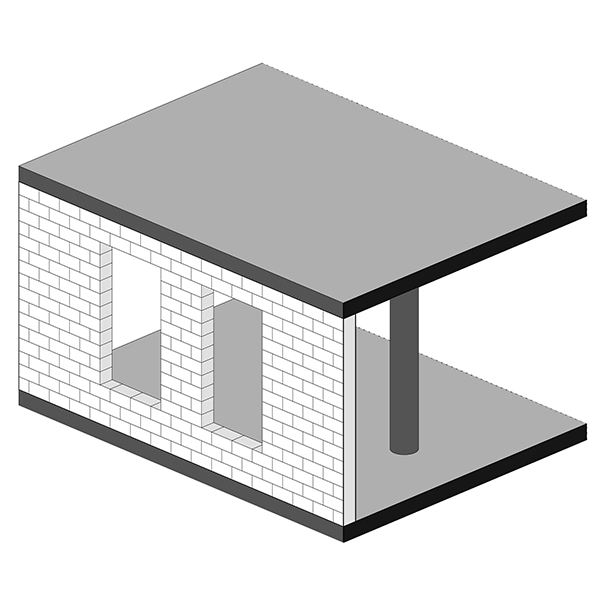The Louisiana State Capitol is an Art-deco skyscraper designed in 1928 by Weiss, Dreyfous and Seiferth, and built between 1930 and 1932, for a reported $5.00 million dollars, in Louisiana, LA.
Its precise street address is 900 North Third Street, Louisiana, LA. You can also find it on the map here.
The Louisiana State Capitol is a structure of significant importance both for the city of Louisiana and the United States as a nation. The building embodies the distinctive characteristic features of the time in which it was built and the Art Deco style. Because of that, the Louisiana State Capitol was officially included in the National Register of Historic Places on February 10th 1978.
The building has been restored 2 times over the years to ensure its conservation and adaptation to the pass of time. The main restoration works happened in 1998 and 2018.


